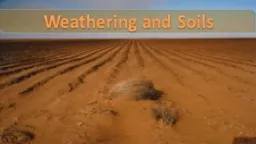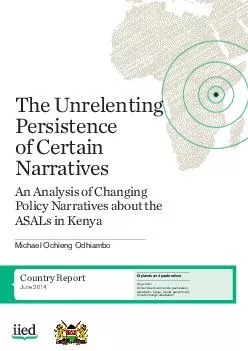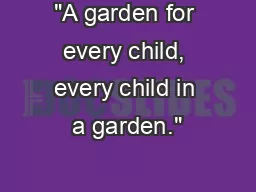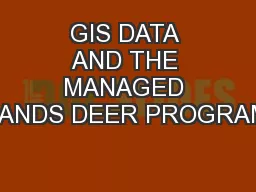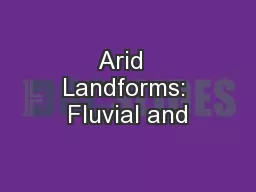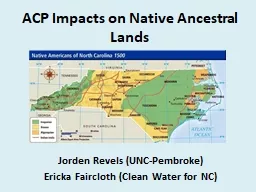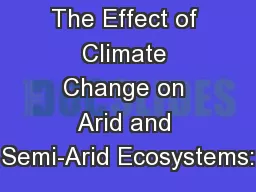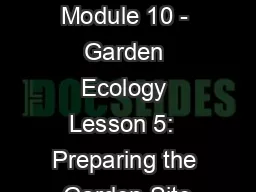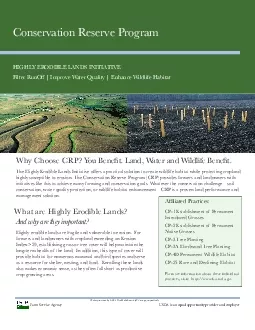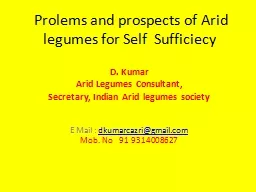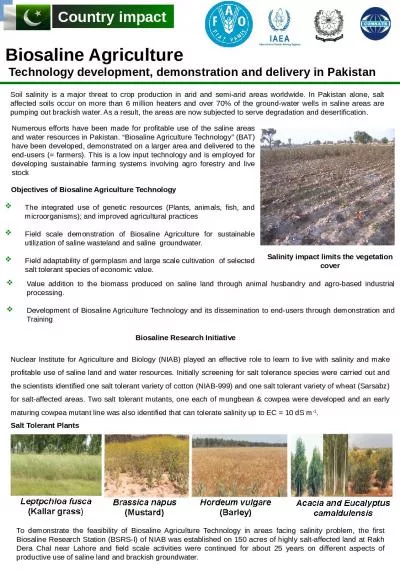PPT-Why an (Arid Lands) Garden?
Author : lois-ondreau | Published Date : 2018-11-05
Gardeners Australia 27 Million residents 14 million households 112 million gardeners Garden Visiting in Australia Today 1517 years 57 1824 years 151 2534 years
Presentation Embed Code
Download Presentation
Download Presentation The PPT/PDF document "Why an (Arid Lands) Garden?" is the property of its rightful owner. Permission is granted to download and print the materials on this website for personal, non-commercial use only, and to display it on your personal computer provided you do not modify the materials and that you retain all copyright notices contained in the materials. By downloading content from our website, you accept the terms of this agreement.
Why an (Arid Lands) Garden?: Transcript
Download Rules Of Document
"Why an (Arid Lands) Garden?"The content belongs to its owner. You may download and print it for personal use, without modification, and keep all copyright notices. By downloading, you agree to these terms.
Related Documents


